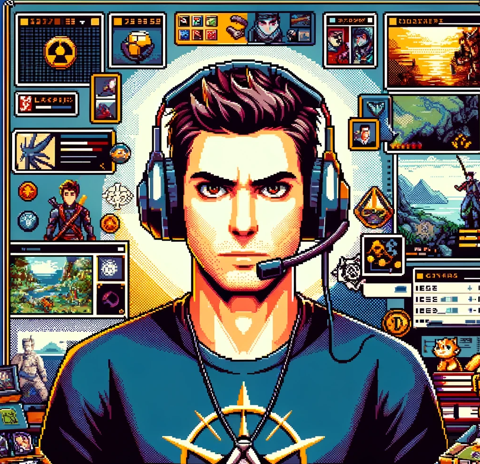 Alright team, let’s explore Rain World by Videocult, published by Akupara Games. I love breaking down every detail, and I’m impressed by how the game pushes the limits of exploration. Players praise its unique survival mechanics and beautiful pixel art style. It recalls classic 16‐bit games but adds modern, flowing animations. Although some reviews mention tough difficulty spikes and a trial-and-error style, I see these as chances to learn every part of the game and find hidden quests and lore.
Alright team, let’s explore Rain World by Videocult, published by Akupara Games. I love breaking down every detail, and I’m impressed by how the game pushes the limits of exploration. Players praise its unique survival mechanics and beautiful pixel art style. It recalls classic 16‐bit games but adds modern, flowing animations. Although some reviews mention tough difficulty spikes and a trial-and-error style, I see these as chances to learn every part of the game and find hidden quests and lore.
 I agree completely! From my view as an explorer, Rain World offers a living ecosystem that constantly changes. The world is as dangerous as it is mesmerizing. Every ruin and enemy encounter feels like a new adventure. I like that the game challenges you to use your brain instead of just fighting. Sure, planning your next move in heavy rain or avoiding a large predator might seem hard, but for me, it’s the excitement of exploring an unpredictable world.
I agree completely! From my view as an explorer, Rain World offers a living ecosystem that constantly changes. The world is as dangerous as it is mesmerizing. Every ruin and enemy encounter feels like a new adventure. I like that the game challenges you to use your brain instead of just fighting. Sure, planning your next move in heavy rain or avoiding a large predator might seem hard, but for me, it’s the excitement of exploring an unpredictable world.
 I’m with you both. From a strategy point of view, Rain World’s mechanics are deep and unforgiving. The controls might seem simple at first—just a spear in one hand and quick moves in the other—but learning how to outsmart enemies takes real skill. It reminds me of tough platformers like Hollow Knight, but with a twist on survival. The game rewards careful actions and good timing. Every move is a calculated risk in a world that is always changing. This isn’t about random button presses; it’s about planning, predicting enemy moves, and adjusting quickly.
I’m with you both. From a strategy point of view, Rain World’s mechanics are deep and unforgiving. The controls might seem simple at first—just a spear in one hand and quick moves in the other—but learning how to outsmart enemies takes real skill. It reminds me of tough platformers like Hollow Knight, but with a twist on survival. The game rewards careful actions and good timing. Every move is a calculated risk in a world that is always changing. This isn’t about random button presses; it’s about planning, predicting enemy moves, and adjusting quickly.
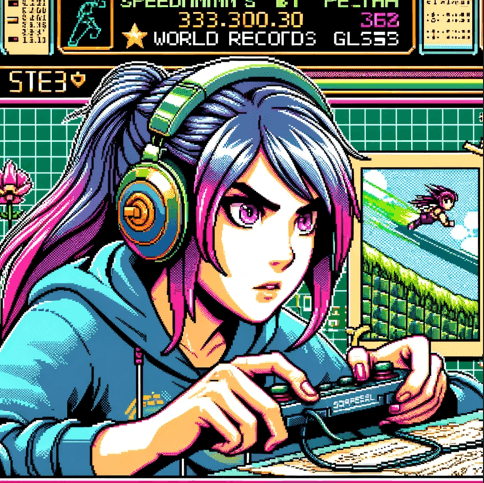 And let’s not forget the sheer adrenaline for those who love a timed challenge. Even if Rain World isn’t a speedrunner’s dream on paper, its randomness and need for split-second decisions create a fascinating study in route optimization. I have experimented with unconventional strategies to shave seconds when evading predators and finding safe spots during a downpour. Though not as polished as some speedrun fan-favorites, its unpredictability offers a playground for learning and refining techniques. Every run feels like an opportunity to perfect your approach.
And let’s not forget the sheer adrenaline for those who love a timed challenge. Even if Rain World isn’t a speedrunner’s dream on paper, its randomness and need for split-second decisions create a fascinating study in route optimization. I have experimented with unconventional strategies to shave seconds when evading predators and finding safe spots during a downpour. Though not as polished as some speedrun fan-favorites, its unpredictability offers a playground for learning and refining techniques. Every run feels like an opportunity to perfect your approach.
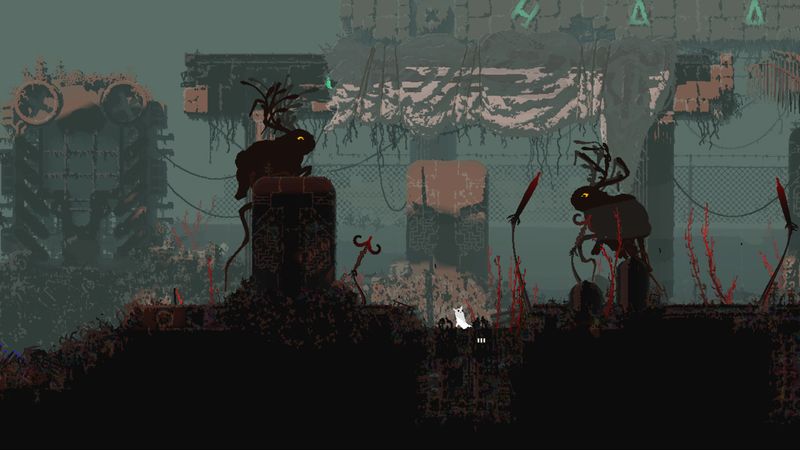
 Let’s drill down into the gameplay mechanics. Rain World centers on a delicate balance of predator and prey. The controls seem sparse at first, but they are designed to mirror the hardness of survival in this broken ecosystem. Items like your spears aren’t just weapons; they are tools you must use with careful timing and ingenuity in treacherous landscapes. And the environmental interactivity is exceptional. It reminds me of the intricate world-building in classic arcade titles, infused with modern survival elements that broaden the gameplay depth.
Let’s drill down into the gameplay mechanics. Rain World centers on a delicate balance of predator and prey. The controls seem sparse at first, but they are designed to mirror the hardness of survival in this broken ecosystem. Items like your spears aren’t just weapons; they are tools you must use with careful timing and ingenuity in treacherous landscapes. And the environmental interactivity is exceptional. It reminds me of the intricate world-building in classic arcade titles, infused with modern survival elements that broaden the gameplay depth.
 Exactly! The game feels designed for explorers. Every cycle—the endless rain and inevitable nightfall—forces you to adapt. It’s not just about surviving an attack; it’s about learning the world’s rhythm. I have compared it to other open-world survival titles, but Rain World has its own flavor. It blends ancient ruin explorations with the frantic pulse of environmental hazards. Videocult has ingeniously designed its ‘living’ ecosystem.
Exactly! The game feels designed for explorers. Every cycle—the endless rain and inevitable nightfall—forces you to adapt. It’s not just about surviving an attack; it’s about learning the world’s rhythm. I have compared it to other open-world survival titles, but Rain World has its own flavor. It blends ancient ruin explorations with the frantic pulse of environmental hazards. Videocult has ingeniously designed its ‘living’ ecosystem.
 And speaking of living ecosystems, let’s discuss the narrative and story. Rain World doesn’t present a traditional story; it unfolds as environmental clues and character vignettes that pull you into its lore bit by bit, like piecing together a puzzle from forgotten relics. Videocult intentionally left gaps, letting players engage with the story through exploration rather than expository dialogue. This style creates room for personal interpretation and offers an immersive experience for those who dive deep into its lore.
And speaking of living ecosystems, let’s discuss the narrative and story. Rain World doesn’t present a traditional story; it unfolds as environmental clues and character vignettes that pull you into its lore bit by bit, like piecing together a puzzle from forgotten relics. Videocult intentionally left gaps, letting players engage with the story through exploration rather than expository dialogue. This style creates room for personal interpretation and offers an immersive experience for those who dive deep into its lore.
 True, the lore is one of the best parts, even if I sometimes focus more on mechanics and timings. The mystery of your slugcat’s journey, the urgency to reconnect with family, and ambient storytelling through environmental cues all add layers. These story elements even influence my speedrunning routes; knowing that a hidden lane may save time and reveal lore adds extra excitement to each run.
True, the lore is one of the best parts, even if I sometimes focus more on mechanics and timings. The mystery of your slugcat’s journey, the urgency to reconnect with family, and ambient storytelling through environmental cues all add layers. These story elements even influence my speedrunning routes; knowing that a hidden lane may save time and reveal lore adds extra excitement to each run.
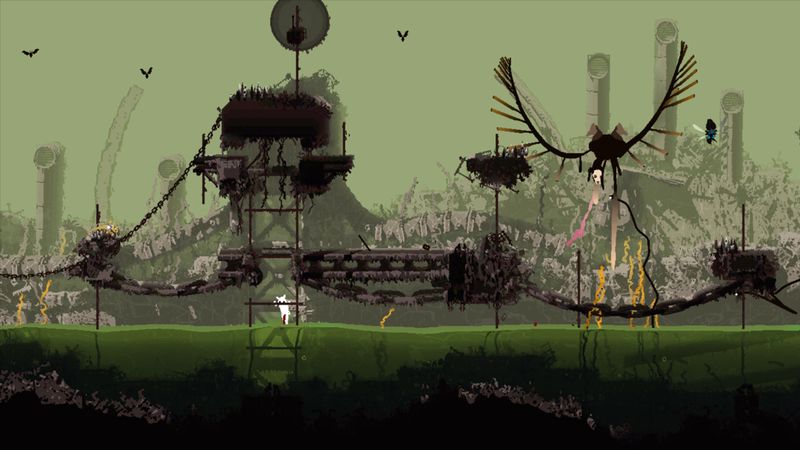
 Moving on to visuals, the art direction in Rain World is a masterpiece of contrasts. The pixelated style, inspired by 16-bit classics, gets a modern twist through dynamic procedural animations. Every creature, including your slugcat, is animated in a way that adds charm and tension. Whether it glitches hilariously or moves with eerie realism, the visuals work with the narrative to create an immersive experience.
Moving on to visuals, the art direction in Rain World is a masterpiece of contrasts. The pixelated style, inspired by 16-bit classics, gets a modern twist through dynamic procedural animations. Every creature, including your slugcat, is animated in a way that adds charm and tension. Whether it glitches hilariously or moves with eerie realism, the visuals work with the narrative to create an immersive experience.
 Absolutely! The world feels handcrafted, with detailed ruins and haunting landscapes that invite exploration. Not only does the art reveal lore, but it also showcases beauty in bleak circumstances. The blend of ancient architecture and decaying industrial waste is striking, pulling you into a dystopian yet breathtaking environment.
Absolutely! The world feels handcrafted, with detailed ruins and haunting landscapes that invite exploration. Not only does the art reveal lore, but it also showcases beauty in bleak circumstances. The blend of ancient architecture and decaying industrial waste is striking, pulling you into a dystopian yet breathtaking environment.
 On the audio front, the soundtrack is another standout. The score, with its main theme echoing in variants throughout your journey, matches the game’s shifting moods. Whether you’re sneaking past an ambush or caught in a desperate moment as rain pelts down, the dynamic music heightens the tension. Even the sound effects—the splashes and distant growls—act as strategic cues, subtly alerting you to unseen dangers.
On the audio front, the soundtrack is another standout. The score, with its main theme echoing in variants throughout your journey, matches the game’s shifting moods. Whether you’re sneaking past an ambush or caught in a desperate moment as rain pelts down, the dynamic music heightens the tension. Even the sound effects—the splashes and distant growls—act as strategic cues, subtly alerting you to unseen dangers.
 I’ve spent more time than I care to admit eavesdropping on those audio cues. The music is perfectly syncopated for suspense—a bonus when slicing seconds off your run. In a game where every moment counts, the tight integration between sound and gameplay is a godsend.
I’ve spent more time than I care to admit eavesdropping on those audio cues. The music is perfectly syncopated for suspense—a bonus when slicing seconds off your run. In a game where every moment counts, the tight integration between sound and gameplay is a godsend.
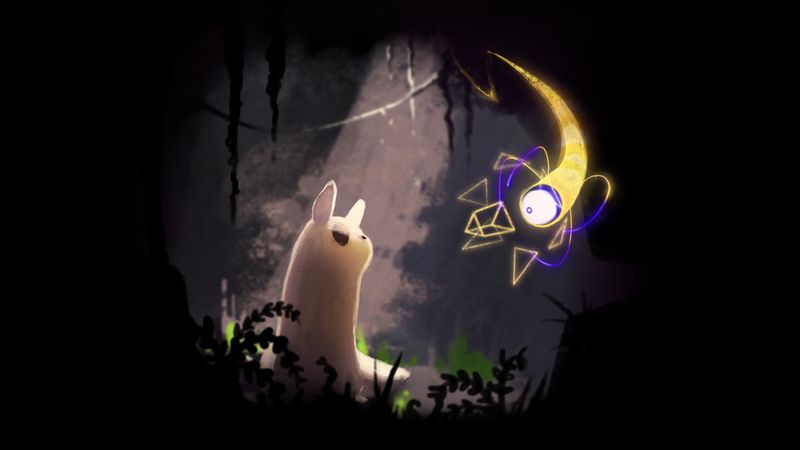
 Now, let’s talk characters. Although there are no traditional heroes or dialogues, your slugcat’s journey is filled with small character moments and backstory breadcrumbs. The focus is on the struggle for survival and the desperate need to reunite with family. This minimalist yet powerful characterization speaks volumes without overt exposition. It keeps you engaged as you uncover layers of history and mystery in a world where every creature has a story.
Now, let’s talk characters. Although there are no traditional heroes or dialogues, your slugcat’s journey is filled with small character moments and backstory breadcrumbs. The focus is on the struggle for survival and the desperate need to reunite with family. This minimalist yet powerful characterization speaks volumes without overt exposition. It keeps you engaged as you uncover layers of history and mystery in a world where every creature has a story.
 This also ties into the game’s challenge level. Every encounter—whether a stealthy bypass or a confrontational chase—adds to a well-balanced challenge system. Reviews mention harsh learning curves and difficulty spikes, but once you pick up the rhythm, it becomes an exhilarating test of reflex and intellect. The game balances exploration, combat, and puzzle-solving, making it accessible to players of varying skill levels, even if the journey isn’t always smooth.
This also ties into the game’s challenge level. Every encounter—whether a stealthy bypass or a confrontational chase—adds to a well-balanced challenge system. Reviews mention harsh learning curves and difficulty spikes, but once you pick up the rhythm, it becomes an exhilarating test of reflex and intellect. The game balances exploration, combat, and puzzle-solving, making it accessible to players of varying skill levels, even if the journey isn’t always smooth.
 And for those who thrive on difficulty, Rain World is a finely balanced ecosystem of challenges. It forces you to think one step ahead—whether calculating the trajectory of your leap to avoid a predator or analyzing enemy behavior for patterns. The experience is tough but fair, reminiscent of challenging platformers and strategic survival games. It provides enough checkpoints and gradual learning curves to avoid feeling overwhelmingly inaccessible.
And for those who thrive on difficulty, Rain World is a finely balanced ecosystem of challenges. It forces you to think one step ahead—whether calculating the trajectory of your leap to avoid a predator or analyzing enemy behavior for patterns. The experience is tough but fair, reminiscent of challenging platformers and strategic survival games. It provides enough checkpoints and gradual learning curves to avoid feeling overwhelmingly inaccessible.
 That level of challenge gives the game its replay value. Every run feels fresh because no two playthroughs are alike—the random elements, dynamic weather cycles, and hidden secrets keep you coming back. I have carved out specific routes and tricks not just for speed, but because the game rewards experimentation and repeated play. It’s like a puzzle that resets each time, giving every attempt a new chance to optimize and discover.
That level of challenge gives the game its replay value. Every run feels fresh because no two playthroughs are alike—the random elements, dynamic weather cycles, and hidden secrets keep you coming back. I have carved out specific routes and tricks not just for speed, but because the game rewards experimentation and repeated play. It’s like a puzzle that resets each time, giving every attempt a new chance to optimize and discover.
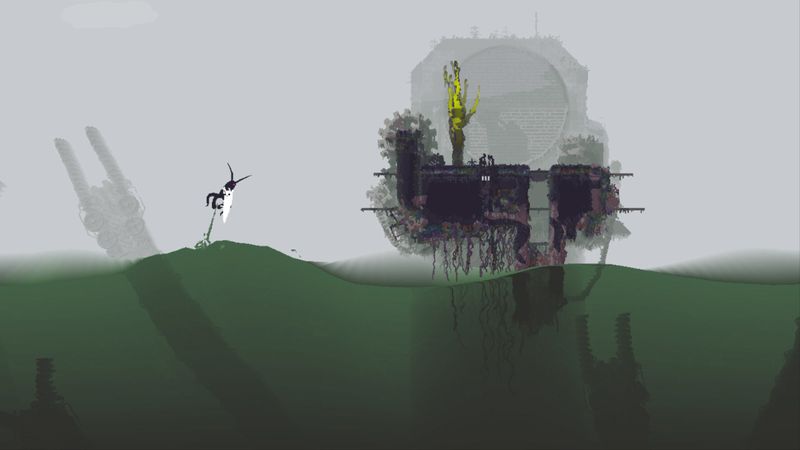
 To wrap up, Rain World stands out in the survival platformer genre with its blend of challenging gameplay, evocative storytelling, and immersive audio-visual design. The game confronts you with harsh difficulty and a steep learning curve, but these challenges make every small victory rewarding. For fans of immersive, atmospheric titles where every detail counts, Rain World is a must-play.
To wrap up, Rain World stands out in the survival platformer genre with its blend of challenging gameplay, evocative storytelling, and immersive audio-visual design. The game confronts you with harsh difficulty and a steep learning curve, but these challenges make every small victory rewarding. For fans of immersive, atmospheric titles where every detail counts, Rain World is a must-play.
 I second that. If you enjoy a game that’s as much about the journey as the destination, it offers endless adventures. Its world is rich, dangerous, and constantly changing—a playground for the curious and brave.
I second that. If you enjoy a game that’s as much about the journey as the destination, it offers endless adventures. Its world is rich, dangerous, and constantly changing—a playground for the curious and brave.
 For gamers who appreciate intricate mechanics and strategic decision-making, Rain World offers a rewarding challenge that’s both innovative and thoughtfully executed. It’s a game where mastering the system isn’t just a goal—it’s a journey.
For gamers who appreciate intricate mechanics and strategic decision-making, Rain World offers a rewarding challenge that’s both innovative and thoughtfully executed. It’s a game where mastering the system isn’t just a goal—it’s a journey.
 And for those who revel in pushing the limits of speed and efficiency, the game’s randomness and precision challenges make every attempt a fresh experience. It’s not the most straightforward game to speedrun, but that’s what makes it so uniquely engaging.
And for those who revel in pushing the limits of speed and efficiency, the game’s randomness and precision challenges make every attempt a fresh experience. It’s not the most straightforward game to speedrun, but that’s what makes it so uniquely engaging.
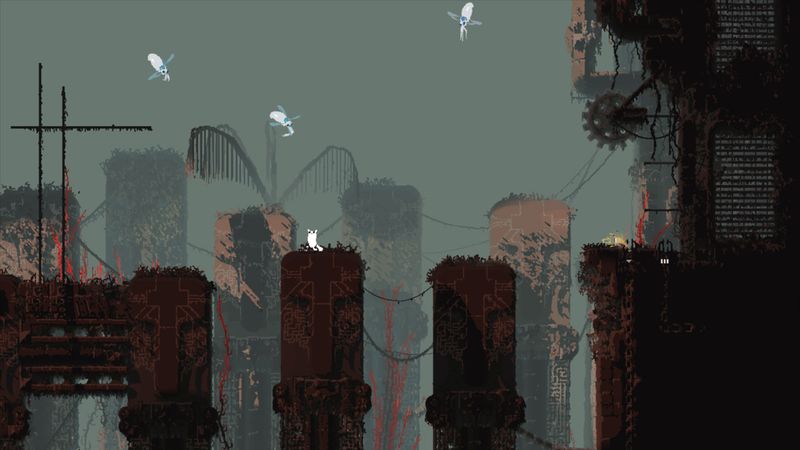
 Before we sign off, here are a few games I recommend that share a similar spirit. Hollow Knight stands out as a beautifully hand-drawn metroidvania, rich with deep lore and challenging combat, while Ori and the Blind Forest offers an emotionally charged adventure with breathtaking visuals and refined platforming mechanics. For fans of strategic planning and replayability, Spelunky 2 presents a rogue-like platformer experience with randomized levels that keep every playthrough fresh. Limbo captivates with its dark, atmospheric puzzle-platforming and masterful storytelling through visuals and environmental cues, and Inside delivers immersive world-building alongside a subtle narrative in a hauntingly minimalist setting. These titles are perfect for anyone seeking engaging, visually stunning adventures that challenge both mind and reflexes.
Before we sign off, here are a few games I recommend that share a similar spirit. Hollow Knight stands out as a beautifully hand-drawn metroidvania, rich with deep lore and challenging combat, while Ori and the Blind Forest offers an emotionally charged adventure with breathtaking visuals and refined platforming mechanics. For fans of strategic planning and replayability, Spelunky 2 presents a rogue-like platformer experience with randomized levels that keep every playthrough fresh. Limbo captivates with its dark, atmospheric puzzle-platforming and masterful storytelling through visuals and environmental cues, and Inside delivers immersive world-building alongside a subtle narrative in a hauntingly minimalist setting. These titles are perfect for anyone seeking engaging, visually stunning adventures that challenge both mind and reflexes.
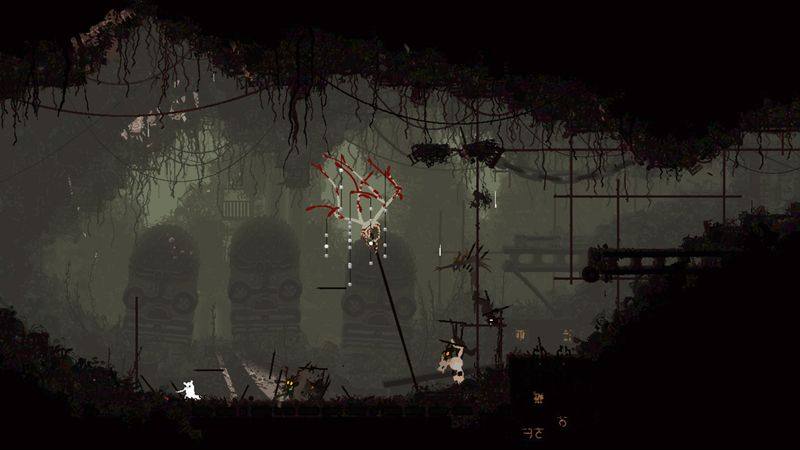
 Great picks! Each of these offers its own spin on exploration and challenge, much like Rain World does.
Great picks! Each of these offers its own spin on exploration and challenge, much like Rain World does.
 Agreed. They all provide rich, strategic experiences that will keep any dedicated gamer hooked.
Agreed. They all provide rich, strategic experiences that will keep any dedicated gamer hooked.
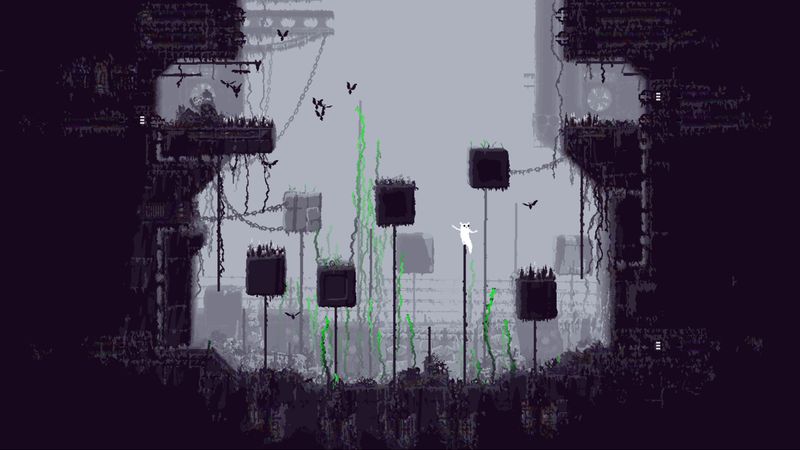
 And they each encourage you to rethink your strategies, whether you’re racing against time or purposely savoring every hidden secret.
And they each encourage you to rethink your strategies, whether you’re racing against time or purposely savoring every hidden secret.
 In sum, Rain World isn’t just a game—it’s an experience for the meticulous explorer, the adventurous soul, the strategic mastermind, and even the precision-driven speedrunner. Happy hunting, everyone!
In sum, Rain World isn’t just a game—it’s an experience for the meticulous explorer, the adventurous soul, the strategic mastermind, and even the precision-driven speedrunner. Happy hunting, everyone!

